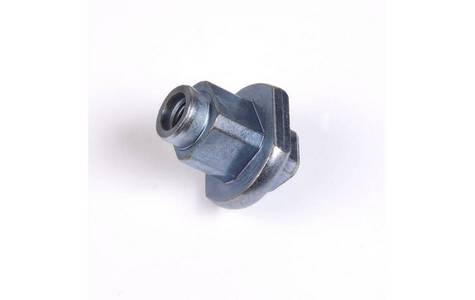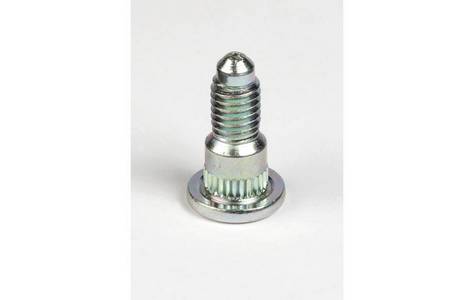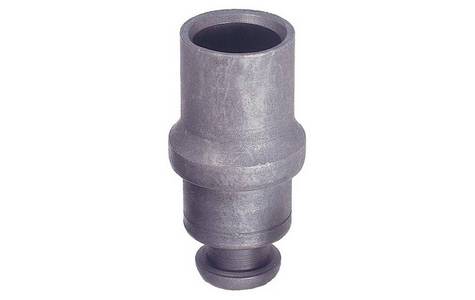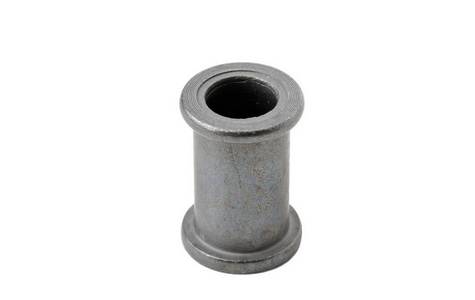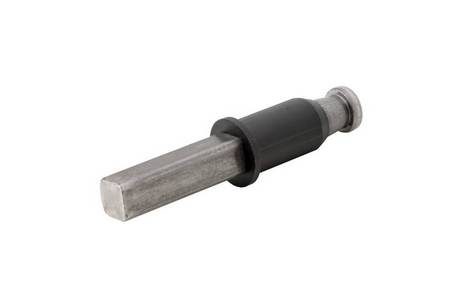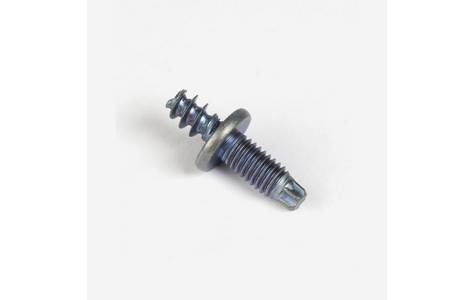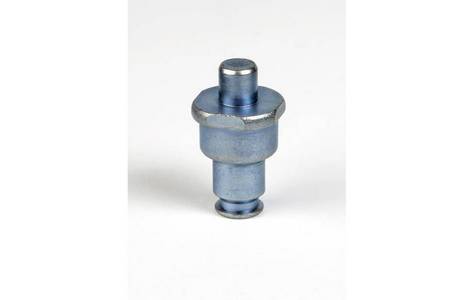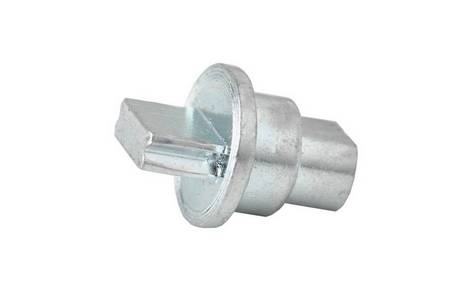
The advantages of cold heading compared to bar turning
Better mechanical resistance
Cold-formed parts are stronger for several reasons:
- The work hardening principle: work hardening increases the mechanical resistance, the elastic limit as well as the hardness while reducing necking and elongation.
- Continuous fibering: the fibering of a material is either cut (bar turning) or continuous (cold heading). A part with a cut fiber is less solid than a part with a continuous fiber. Cold headed parts are stronger because the internal grain structure follows the contours of the part.

Cold forming for 0 waste
In the current context, where the cost of the raw material continues to increase, cold heading is gaining ground against bar turning. In fact, we do not have any material loss, unlike bar turning, which can produce up to 75% of chips.
More economical: to produce the same part, cold heading uses less material than bar turning, which allows us to offer our customers more advantageous prices.
More ecological: we have no chips to recycle, unlike bar turning.
Elimination of secondary operations
Our cold heading machines allow us to manufacture very complex parts avoiding often very costly rework operations.
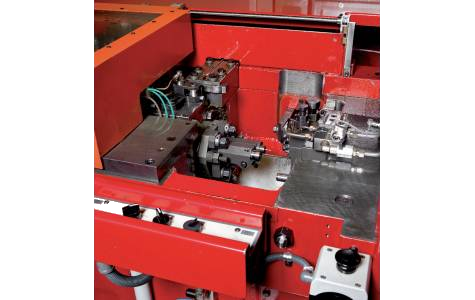
Very high production rate
Our machine park can produce parts in large runs and at high speed (up to 30,000 parts/hour), while respecting the dimensional precision linked to the repeatability of the process.
Thanks to these many advantages, cold heading can be a more economical alternative depending on the type of part compared to bar turning, machining, hot forging, casting, sintering, etc.
For any request for information or consultation, please send us your message via the form in the contact tab
